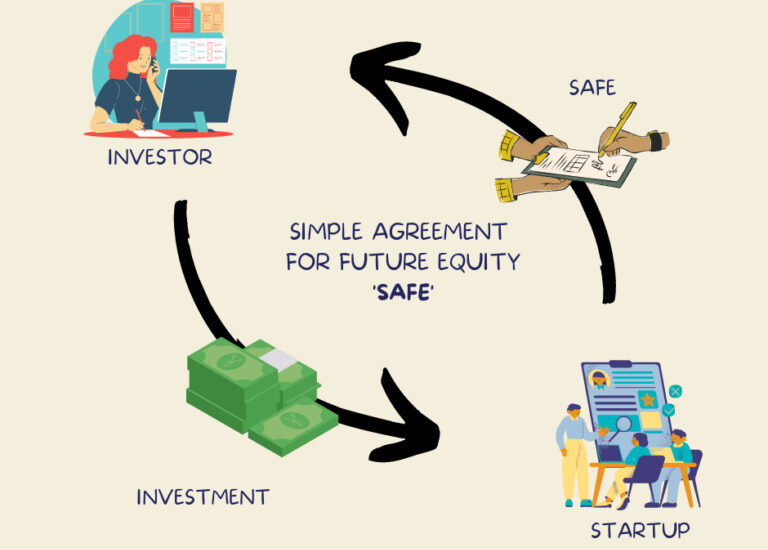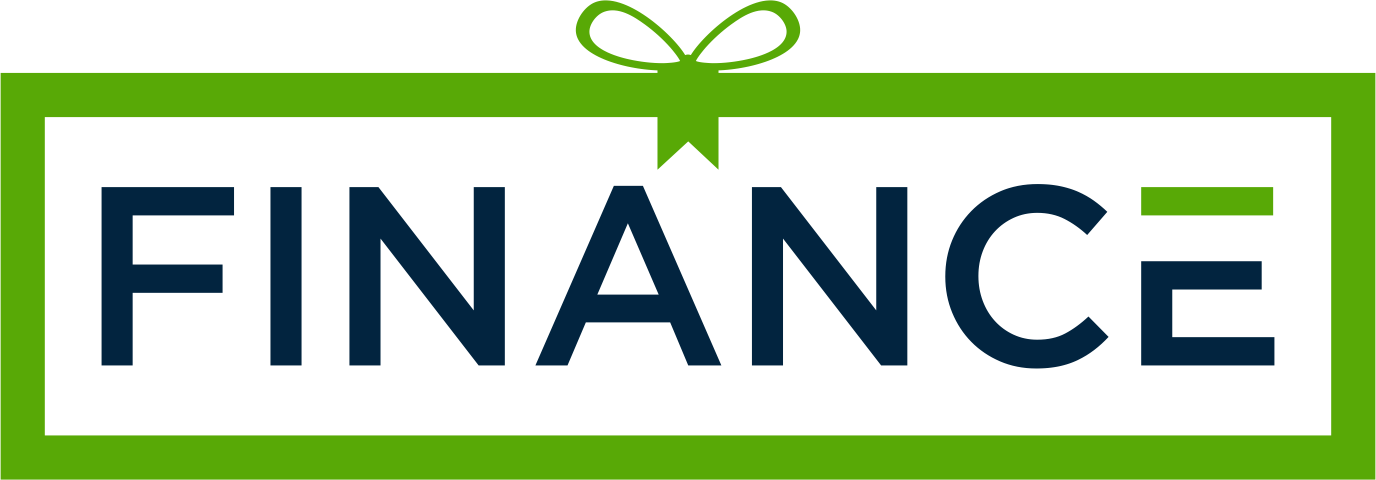SAFEs- a tool that has transformed the way founders and investors execute on their joint ventures.
- March 11, 2024
- Posted by: GNP
- Categories: Blog, Business plans, Funding trends, Innovation, International
No Comments

Dear Founders,
As you steer the ship of your emerging startup through the choppy waters of early-stage funding, it’s crucial to have a reliable compass and a clear map. Today, we’re navigating the realm of Simple Agreements for Future Equity (SAFEs), a tool that has transformed the way founders and investors execute on their joint ventures.
The Essence of SAFEs
Introduced as a simple vehicle to raise funding, SAFEs offer a way for investors to fund your startup without the entanglements of having to identify a lead investor and set a valuation for your round. They are an evolution from Convertible Notes, which are similar, but accrue interest on a regular basis, have a maturity date, and are listed as debt on your balance sheet.
Alternatively, SAFEs present a solution that allows for an investment that converts into equity at a future date, under conditions that are agreeable to both parties. In your financial statements, SAFEs should be categorized in your Equity section and not listed as debt. Because SAFE money comes in earlier than the next priced round, there are presumably higher risks associated with the investment. For that, investors expect some level of premium and this is typically accounted for through discounts or valuation caps.
The Dual Anchors: Caps and Discounts
Valuation Caps: These are limits on the company’s valuation that are drafted into the agreement. While they do not set an explicit valuation, they set forth a “not-to-exceed” value of the company and in the process effectively limit the amount of dilution that SAFE investors might experience in the next round when their investment formally converts to equity. caps act as a safeguard for investors, ensuring that their investment isn’t diluted in a future where your company’s valuation soars. For instance, an investment made with a $4M cap guarantees the investor a certain percentage of ownership in the company, regardless of how high the valuation climbs in the subsequent funding round.
Discounts: While caps set a ceiling on the conversion price, discounts offer investors a certain percentage off the valuation at which they convert their SAFE into equity. It’s a way to reward early backers with more favorable terms, acknowledging the risks they took by boarding early.
Founders can choose to incorporate one or both of these mechanisms into their SAFEs. When a startup’s SAFE includes both valuation caps and discounts, it is common that only one or the other, but not both, gets executed. It’s commonly drafted that the more investor-favorable approach is the one that gets executed.
Demystifying Valuation Caps and Discounts for Founders
For many founders, determining the right valuation cap and discount rate for a SAFE can feel daunting. However, with a strategic approach and understanding of your business’s potential, you can set terms that are fair and attractive to both you and your investors.
Understanding Valuation Caps:
– Reflect on Your Growth Potential: Set a cap that aligns with realistic projections of your company’s growth.
– Competitive Landscape: Look at the caps set by similar companies in your sector and growth stage. If you can’t find benchmarks for valuation caps, consider benchmarks from the same life-cycle stage. Carta publishes some valuable insights in this area.
– Negotiate with Foresight: Engage in discussions with potential investors about their expectations. Be careful not to set too high a valuation cap or you could wind up upside down if your priced round fails to exceed your valuation cap. That not technically a problem, but let’s say that it’s sub-optimal.
Setting the Right Discounts:
– Balance is Key: Discount rates typically range from 10% to 30%, depending on several factors including the stage of your company and the level of risk involved.
– Consider the Timeline: The time horizon until your next funding round can influence the discount rate, with more of a discount being offered when there is a longer time horizon to your next funding event.
– Investor Sentiment: A higher discount might be necessary to attract investors if your startup is in a high-risk industry or stage.
Striking the Right Balance:
– Future Fundraising: Consider how these terms might affect your ability to raise funds in the future. You want to be careful to to set too high a valuation cap, as that could impact perceptions at your next raise.
– Long-Term Vision: Always align these decisions with your long-term vision for the company. In fact, it’s not a wasted exercise to chart out your milestone, fundraising, and valuation expectations over the long term. It’s important to keep the big picture in mind. Just don’t share this vision with investors as it will likely wind up being wrong and doesn’t give you any upside from sharing.
The Path Forward
As you chart your course with SAFEs, remember that while they offer flexibility and simplicity, they also require a clear understanding and careful negotiation. The goal is to ensure that both founders and investors are aligned, with a shared vision for the company’s future.
SAFEs are not just financial instruments; they’re a testament to the trust between founders and investors. They signify a mutual belief in the potential of your venture and a shared commitment to navigating the uncertain journey ahead.
In Closing
As you contemplate using SAFEs in your funding strategy, approach them with the same diligence and foresight you apply to every aspect of your business. Engage with experienced legal and financial advisors to ensure that the terms align with your long-term vision and the interests of all parties involved.
The journey of building a startup is fraught with challenges, but with the right tools and partnerships, the path to success becomes clearer. SAFEs, when used wisely, can be a powerful ally in your venture’s journey. Let them be a part of your story, guiding you towards a future where your vision becomes a thriving reality.
Jim Gellas
Co-Founder, President, Finance in a Box
Leave a Reply Cancel reply
LinkedIn
